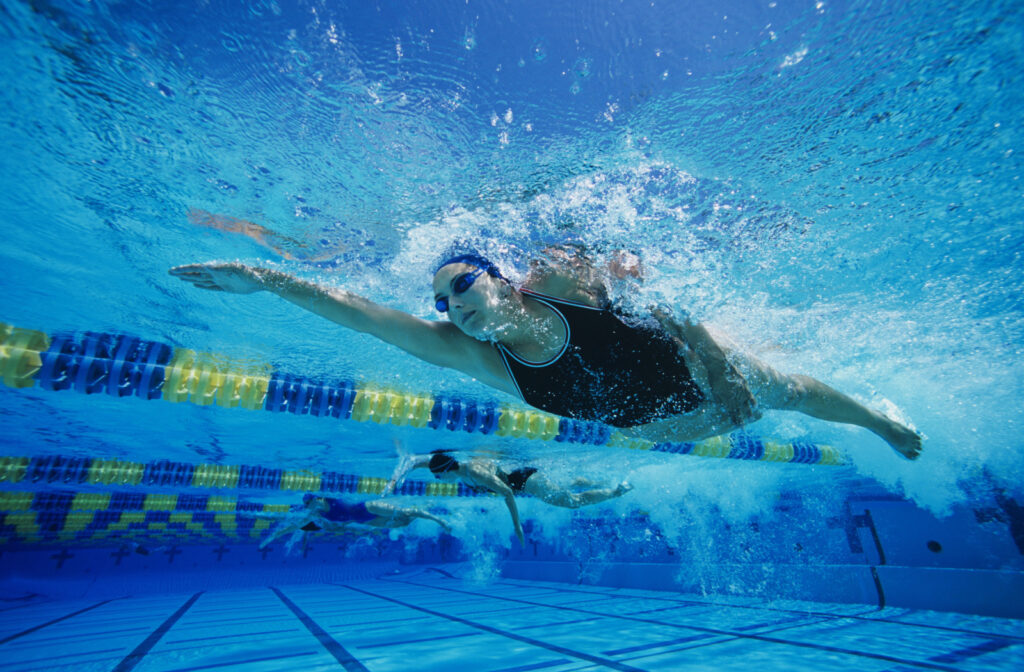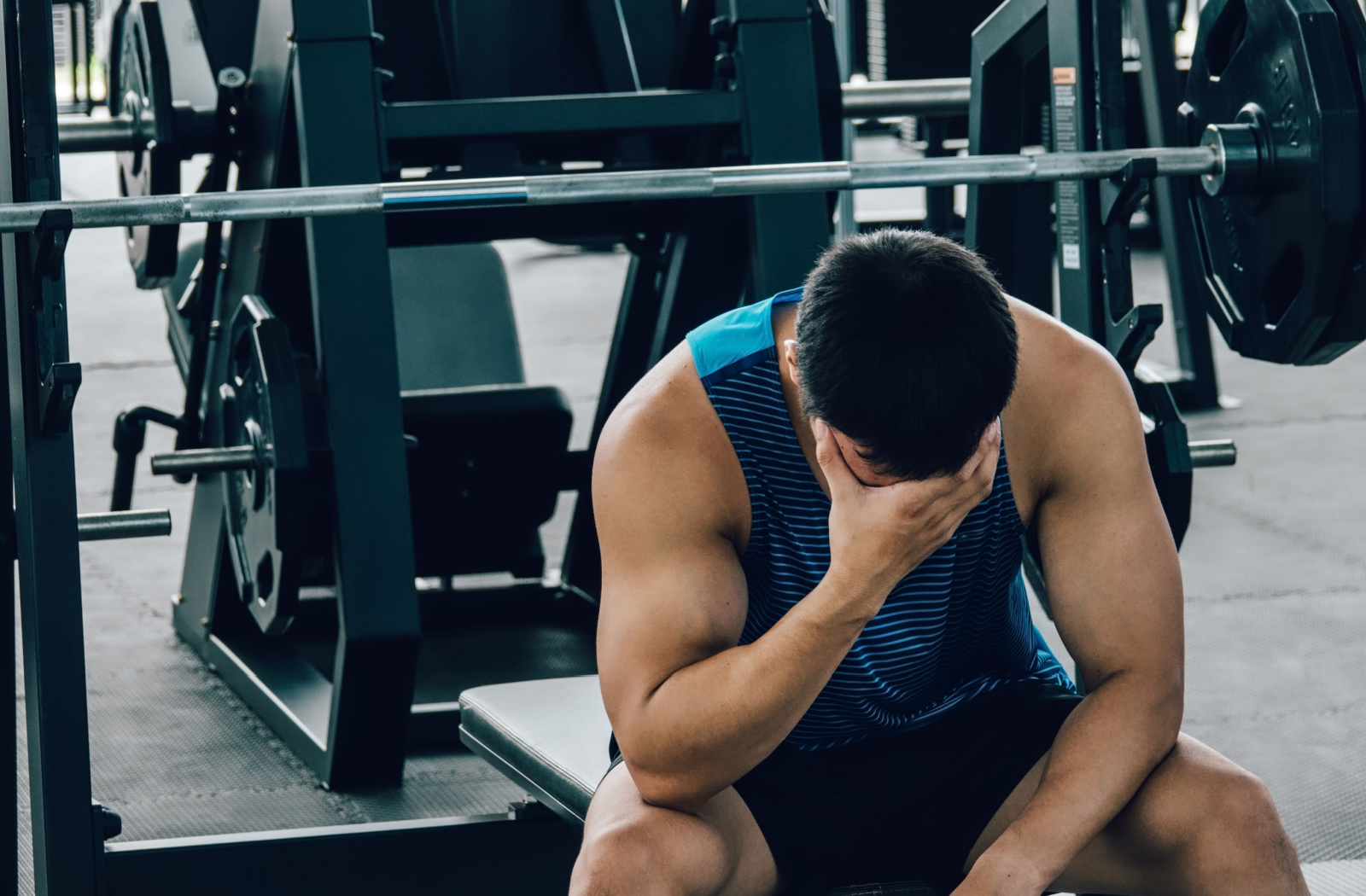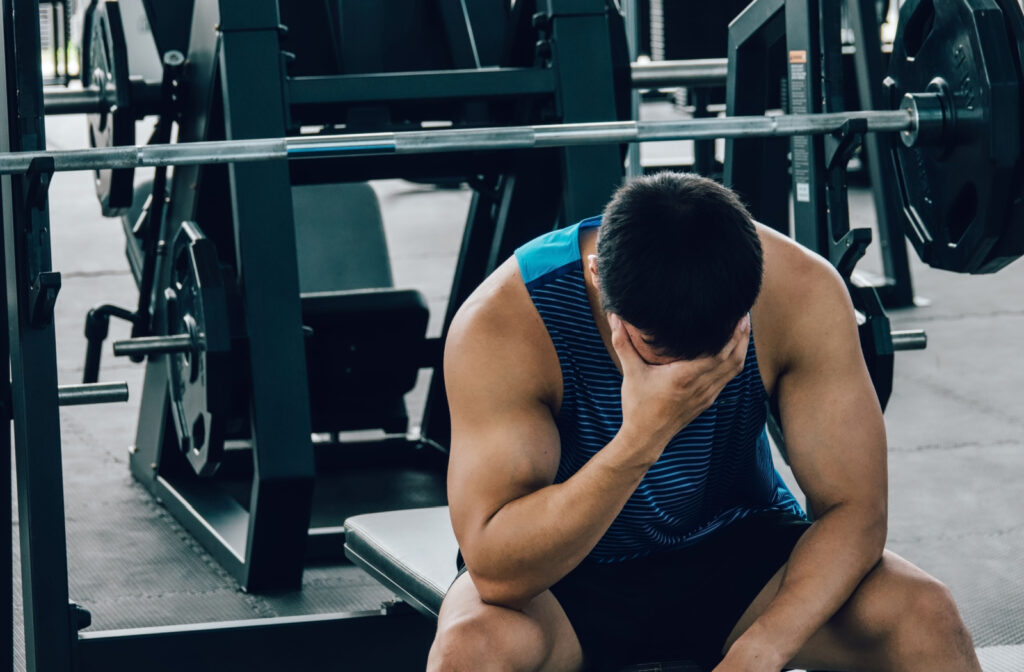When you’re an active person, a concussion can feel like a sudden halt to your everyday routines. The very nature of a concussion, with its immediate and occasionally lingering symptoms, necessitates a period of rest and recovery. But as the days pass, the question lingers: Can you work out with a concussion?
Exercising with a concussion depends on the severity of your injury. Visit a professional for a concussion assessment to help determine what’s safe, what isn’t, and how to maintain your physical well-being to allow your brain the healing it needs.
Understanding Concussions
To appreciate how exercise can fit into the equation of concussion recovery, it’s vital to understand what a concussion is and how it affects the body. A concussion refers to a mild form of traumatic brain injury (TBI) that occurs after a blow to the head or severe shaking of the head and body.
Symptoms can range from:
- Headaches
- Pressure in the head
- Neck pain
- Nausea, dizziness, and vomiting
- Balance problems
- Sensitivity to light and noise
- Feeling “in a fog”
- Difficulty remembering and concentrating
- Drowsiness
- Irritability, sadness, nervousness, anxiety, and other emotional symptoms
- Difficulty sleeping
Red flag symptoms that require immediate attention include:
- Double vision
- Weakness or tingling in arms and legs
- Severe headaches
- Loss of consciousness
- Convulsions
- Bruising around the eyes and ears
- Inability to remember injury
These symptoms can be compounded by physical exertion, so rest is typically prescribed in the initial stages of recovery.
The Effects of Exercise on Concussion Recovery
Exercise boasts a laundry list of benefits for the body, such as:
- Improving cardiovascular health
- Maintaining a healthy weight
- Alleviating stress
These benefits can be especially appealing to those recovering from a concussion, as maintaining a healthy lifestyle is still important. However, when it comes to concussion recovery, the effects of exercise on one’s well-being are not as straightforward.
Risks & Considerations for Concussion Patients
Exercising after a concussion too early or too vigorously can exacerbate symptoms and even prolong recovery. Rest for the first 48 hours after a concussion is still the prevailing recommendation, but the right exercise thereafter can help improve healing outcomes.
Concussion experts should oversee your exercise and recovery plan post-concussion to help you avoid further damage and get you back into peak condition sooner, utilizing an evidence-based return to activity protocol.
Guidelines for Exercising with a Concussion
If you’ve received the green light from a healthcare professional to start exercising post-concussion, many guidelines remain to adhere to.
Recommendations from Healthcare Professionals
Your healthcare provider will significantly determine when and how you can reintroduce exercise into your routine. Start working with a physiotherapist to develop a program tailored to your specific needs and limitations. This plan will likely start with light, non-impact aerobic and cardiovascular activities to gauge your tolerance and be adjusted accordingly.
Types of Exercises to Avoid & Modify

Strenuous activities, those with a risk of head injury or falling, high-impact sports, and strength-training exertion should be off-limits during the early stages of concussion recovery. Exercises such as weightlifting or contact sports can increase the risk of any post-concussion symptoms or further head injury.
Lower-impact alternatives might be more suitable, like:
- Swimming
- Gentle Yoga
- Stationary cycling
It’s also crucial to adjust exercise intensity and duration as tolerated while constantly monitoring for any return or worsening of symptoms.
Alternative Activities During Concussion Recovery
Understandably, you’d want to stay active in some way after an injury. Plenty of low-impact exercises and activities can keep you moving without introducing the risks of conventional workouts.
Low-Impact Exercises & Activities
Yoga, pilates, and tai chi offer a blend of mindfulness, stretching, and strengthening, often with modifications for injury recovery. For those keen on cardiovascular training, brisk walking or light aerobics can be effective yet safe options.
Mind-Body Practices for Stress & Relaxation
Since stress can hamper the healing process, meditation, deep breathing exercises, and progressive muscle relaxation can help manage stress. These practices can be particularly effective when combined with light exercise, offering a holistic recovery approach that addresses physical and mental well-being.
Importance of Consulting a Healthcare Professional
Above all, the advice of the right healthcare provider should guide your post-concussion exercise approach. The concussion management team at Running Shoe Restorative Healthcare is trained to recognize each patient’s unique needs and can provide guidance in managing symptoms and minimizing risk.
Even if you’re eager to return to your pre-injury exercise regimen, it’s essential to remember that every concussion and every recovery journey are different. Patience and a cautious, conscientious approach to exercise are crucial elements in a successful recovery. Physical activity after a concussion is not out of the question but requires sensitivity and sensible planning. The road to recovery is about resting the brain and maintaining a healthy lifestyle that supports the body through this challenging time. Schedule a concussion assessment with the professionals at Calgary Concussion Centre to begin a plan of healing and recovery.





